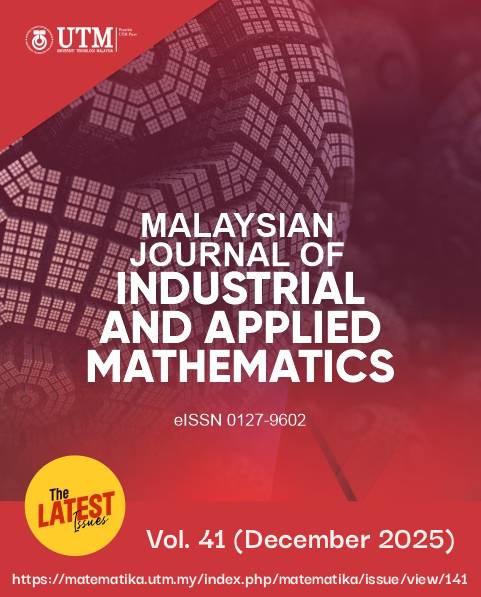Modelling Malaysian Mortality Improvement Using a Hybrid Logistic Spline
DOI:
https://doi.org/10.11113/matematika.v41.n3.1655Abstract
The unexpected rise in life expectancy and the declining mortality rates among older individuals have positioned Malaysia as an ageing nation. As this demographic shift becomes increasingly significant, the modeling of mortality rates is essential to address the specific needs of the elderly population effectively and promptly. However, the task of modeling these rates presents challenges, as mortality data frequently display irregular patterns attributed to various uncertainties. It cannot be formulated as a single mathematical equation as some age ranges have different shapes of mortality. The existing mortality models consisted of two separate mortality estimations between young and old age. This resulted in high correlation of parameters, rough mortality curve and incoherence estimation. To solve this problem, this research proposes a hybrid method that integrates a spline with three parametric logistic models. This research applies the proposed model to the Malaysian data from 2011 to 2021. The result is validated using Semi-Parametric Bootstrap. The bias and standard variation resulted from the bootstrap method declined as the number of replications increased, which indicates that the hybrid model able to estimate the underlying mortality risk. Thus, as this research provides a viable estimation of mortality improvement, this study will certainly bring a substantial benefit to the pension and health care provider and the insurance companies to calculate the mortality risk and build a sustainable reserve fund.


















